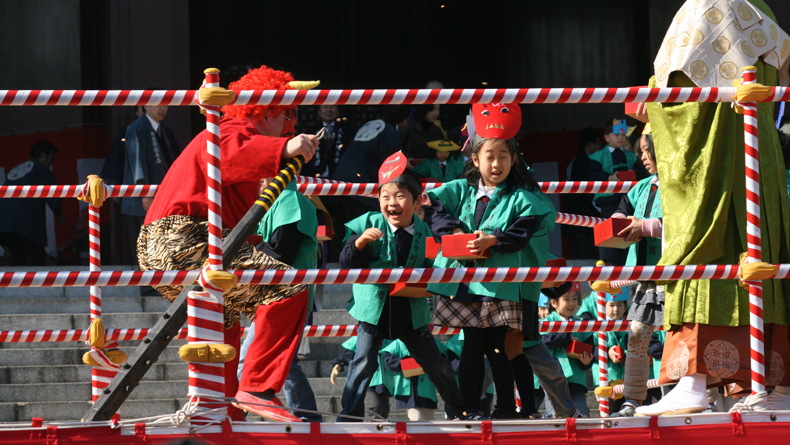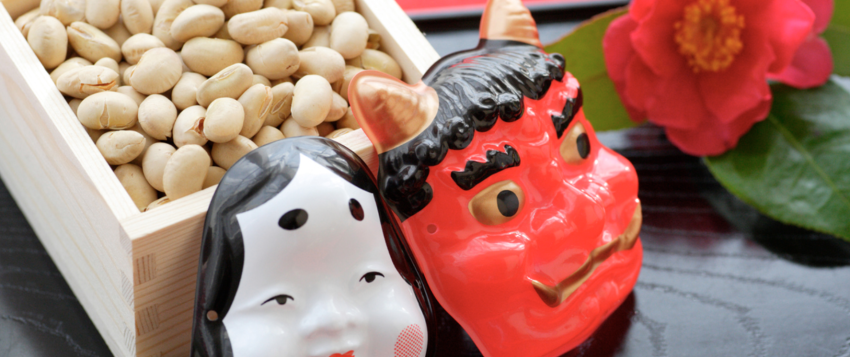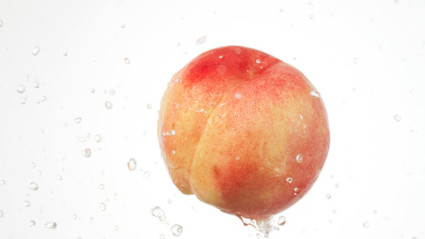Setsubun no Hi (節分の日), celebrated annually on February 2, 3 or 4, is a traditional event marking the official beginning of spring, according to the Japanese lunar calendar. Though not a national holiday, Setsubun is widely celebrated across Japan. It’s a day full of bean-throwing, bean-eating and efforts to scare evil away to welcome good fortune.
This year, Setsubun falls on Sunday, February 2, and there are plenty of events to celebrate it. Enjoy!
Major Setsubun Events In And Around Tokyo
When Did Setsubun Begin?

The tradition of Setsubun dates back centuries, but the mamemaki (bean-throwing) tradition first emerged in the Muromachi period (1337 – 1573). The beans represent vitality and symbolically purify the home by driving away evil spirits that bring misfortune and bad health. As Japanese people like to play with words, there is also a secret meaning to bean throwing: the pronunciation of the word beans (mame, 豆) is similar to the word for demon eyes (魔目); throwing beans, therefore, has a similar sound to destroying demons (mametsu, 魔滅).
How is Setsubun Celebrated?
Today, Setsubun is typically celebrated by families with kids who gather together to throw roasted soybeans out their front door. Often, a family member (usually the father) is dressed up as an oni (demon), and the kids will throw the beans at them while chanting: “Oni wa soto! Fuku wa uchi! (Demons out! Good fortune in!)
This is chanted in line with the traditional folk song (listen below).
Click here to read more.
- External Link
- https://savvytokyo.com/
















No Comment
Login to comment